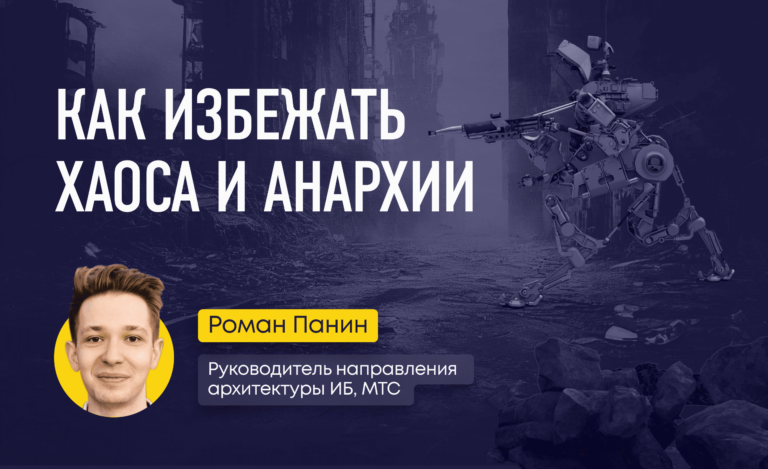Fusion Project: Teraki, Airbiquity, Cloudera, NXP and Wind River Join Forces to Train AI in the Cloud

When automakers talk about next-generation cars these days, they are talking about AI vehicles that can evolve from 2+ to 4 levels of autonomy. The driving automation features in such vehicles will be driven by machine learning models and will be updated throughout the vehicle’s lifecycle.
Basically, everyone is talking about “smart cars with connectivity,” a template that Tesla came up with.
But to design a networked vehicle architecture capable of evolving from Layer 2+ to Layer 4, there is a big gap to be filled, says Daniel Richart, co-founder and CEO of Teraki. Daniel notes that there is a big difference between a “conceptual model running in the lab” and a real, connected smart car “capable of running scalable E / E architectures in a lean manufacturing model.”
In February 2021, Teraki unveiled its Fusion Project, which has been jointly developed with Airbiquity, Cloudera, NXP Semiconductors and Wind River for almost a year. The five companies have developed a “pre-integrated hardware and software solution” that will enable automakers to “efficiently collect, analyze and manage connected vehicle data to continuously develop, deploy and evolve their functionality.”
Phil Magney, Founder and President of VSI Labs, described Fusion as “a good reference architecture for cloud-to-vehicle data transfer in the development, deployment and support of AI-based driver assistance systems and ADAS.”
Magny emphasized that “the key aspect is that the development of AI applications is never finished. The machine is constantly being retrained. Managing data streams requires a vast array of technologies, from event-based sensor data processing to communication tools, model training, and deployment of new algorithms. ”
Five partners
As part of the Fusion project, Airbiquity is responsible for over-the-air (OTA) software management. Cloudera provides cloud-independent machine learning tools, NXP Semiconductors provides platforms for processing vehicle data (Bluebox and Goldbox), and Teraki provides edge computing. Wind River’s role is to develop intelligent software for edge computing systems.
The goal is to create an effective platform for working with data throughout the entire lifecycle that will do everything from ingesting data to updating the machine learning model without “degrading the quality of the data, provided the AI is working as accurately as possible,” explained Richart.
One of the major challenges automakers face today is the processing of data from multiple sensors inside self-driving vehicles. The average set of sensors generates 5 to 20 terabytes of data per day – and so on for each vehicle. The limited ability to receive real-time data from vehicles poses an obvious problem. Another hurdle is the inability to combine all types of data to build machine learning models. More importantly, data management in the machine learning lifecycle is fragmented into ingestion, model training, and algorithm deployment.
Teraki solutions are designed to manage data for machine learning models for a variety of requirements. Magney explained, “It all starts with understanding what to look for and processing the sensor data to train the models. Teraki’s solution also claims efficiency and compresses data packets to be sent to the cloud to train machine learning models. ”
A year ago, when EE Times first met Teraki at CES 2020, Richart said his company’s technology would focus on automakers’ biggest problem: the lack of power in car processors to process and send massive amounts of data to the cloud to train AI models.
Having met this challenge in a year, Berlin-based Teraki brought together an ecosystem of partners and assembled the technology needed to develop machine learning solutions in the cloud. Their efforts were focused on “developing edge computing systems for processing sensor data and packaging it for forwarding,” said Magny. “There are also networking issues – such as limited bandwidth, which our partner, NXP, is handling.”
According to Richart, the most important achievement of his project was that he was able to develop the first AI (lane keeping system) algorithm, which was continuously improved as a result of the exchange of data between the car and the cloud. “We were able to train an AI model that initially reached 90-95% accuracy. Later we were able to improve the accuracy up to 98%. “
He also stressed that “the whole point of the project is that now OEMs can improve the accuracy of their models up to 99+ percent, constantly retraining the models and using their preferred set of sensors. Our solution can be applied to absolutely any model. We gave OEMs the ability to quickly train AI systems, and they can be implemented in real industrial equipment, rather than in specific and expensive laboratory samples. “

Geert-Jan van Nunen, Chief Commercial Officer for Teraki, added that Fusion gives OEMs the opportunity to train their own AI models and “take back intellectual property” by breaking their dependence on other companies. “Take a look at Mobileye,” he said. Noting that Mobileye’s solutions are a black box from which OEMs only get high-level information, van Noonen said, “We provide an open system that puts intellectual property back in the hands of OEMs.”
“Is Fusion built to enable all OEMs to develop their own self-driving stacks?” Magny said. “From an OEM perspective, there are many opportunities to develop custom stacks.” However, he cautioned: “This area is becoming more and more numerous as there is growing interest in optimized solutions that can scale from ADAS to self-driving.”
Magny emphasized: “The problem is not so much the stack for self-driving as in the management of this stack, especially if we are talking about AI-based solutions. Fusion is designed to bring together the technology needed to do this. ”
- Russia’s first serial control system for a dual-fuel engine with functional separation of controllers
- There are more lines of code in a modern car than …
- Free Online Courses in Automotive, Aerospace, Robotics and Engineering (50+)
- McKinsey: rethinking electronics software and architecture in automotive

You will have the opportunity to develop software of different levels, test, launch into production and see in action the finished automotive products that you had a hand in creating.
The company has organized a special testing center, which makes it possible to conduct research in the field of ICE control, including in a car. The testing laboratory includes motor boxes, drum stands, temperature and climate control units, a vibration stand, a salt fog chamber, an X-ray unit and other specialized equipment.
If you are interested in trying your hand at solving the problems that we have, write in a personal.
- Senior Software Engineer
- Systems Analyst
- Calibration Team Leader
- Lead Test Engineer
- Requirements Engineer
- Electromagnetic Compatibility Engineer
- Systems Analyst
- Senior ICE Software Engineer
We are perhaps the strongest center of competence in the development of automotive electronics in Russia. Now we are actively growing and have opened many vacancies (about 30, including in the regions), such as software engineer, design engineer, leading development engineer (DSP programmer), etc.
We have a lot of interesting tasks from car manufacturers and concerns that are driving the industry. If you want to grow as a specialist and learn from the best, we will be glad to see you in our team. We are also ready to share our expertise, the most important thing that happens in automotive. Ask us any questions, we will answer, we will discuss.
- Free Online Courses in Automotive, Aerospace, Robotics and Engineering (50+)
- [Прогноз] Transport of the future (short-term, medium-term, long-term horizons)
- The best materials on hacking cars from DEF CON 2018-2019
- [Прогноз] Motornet – data exchange network for robotic transport
- Companies spent $ 16 billion on self-driving cars to capture $ 8 trillion market
- Cameras or lasers
- Autonomous cars on open source
- McKinsey: rethinking electronics software and architecture in automotive
- Another war of operating systems is already underway under the hood of cars
- Program code in the car
- There are more lines of code in a modern car than …





